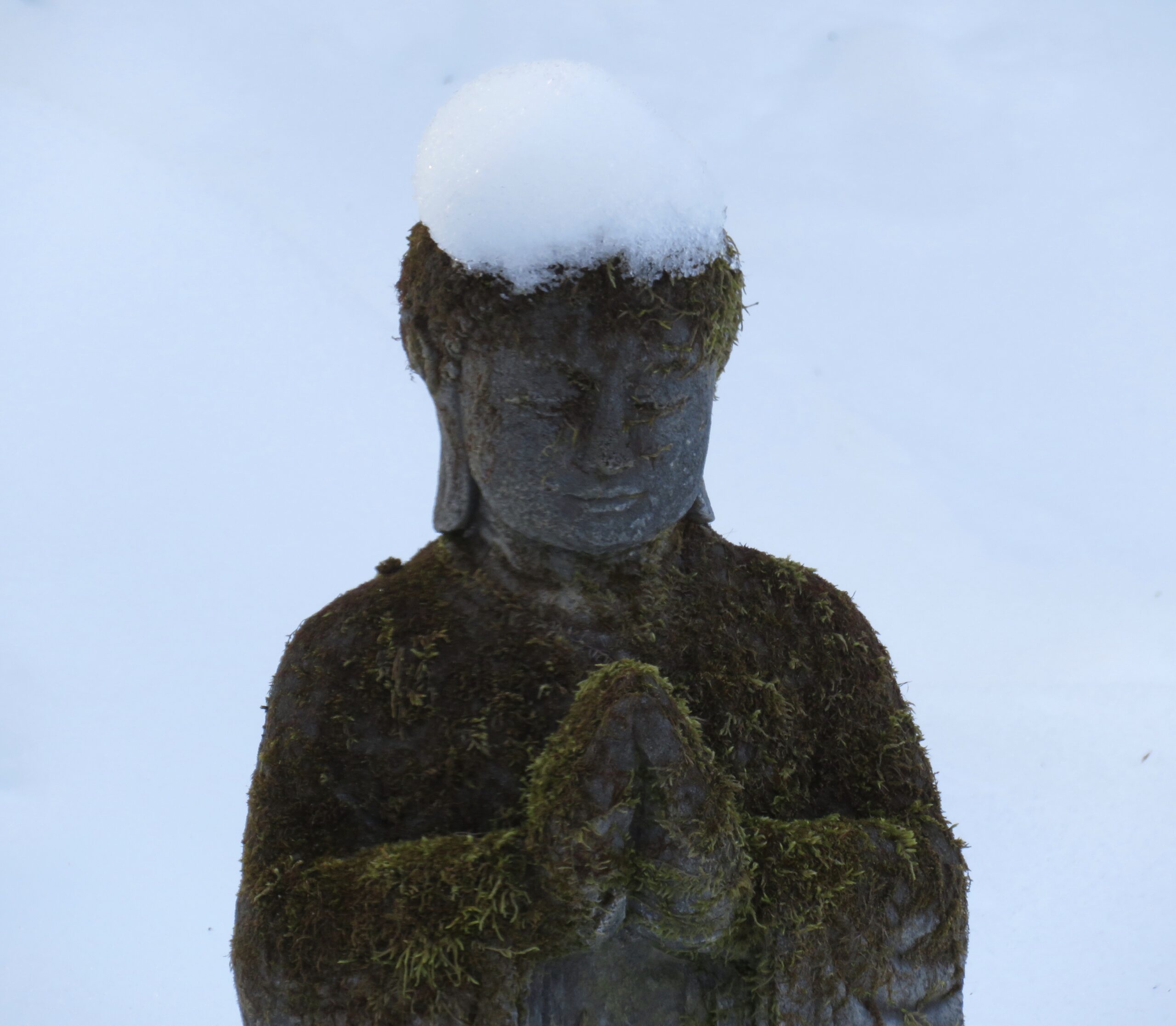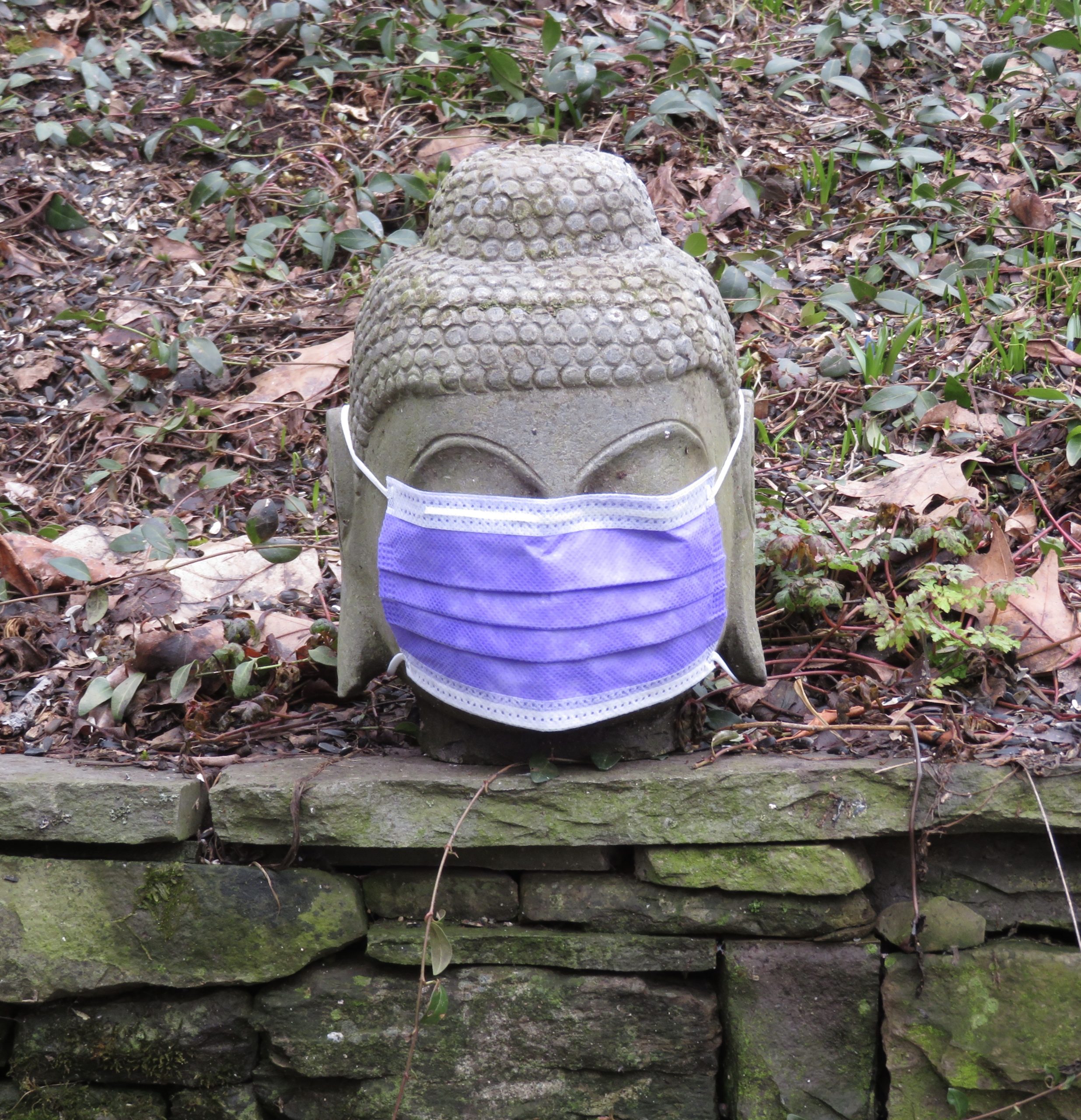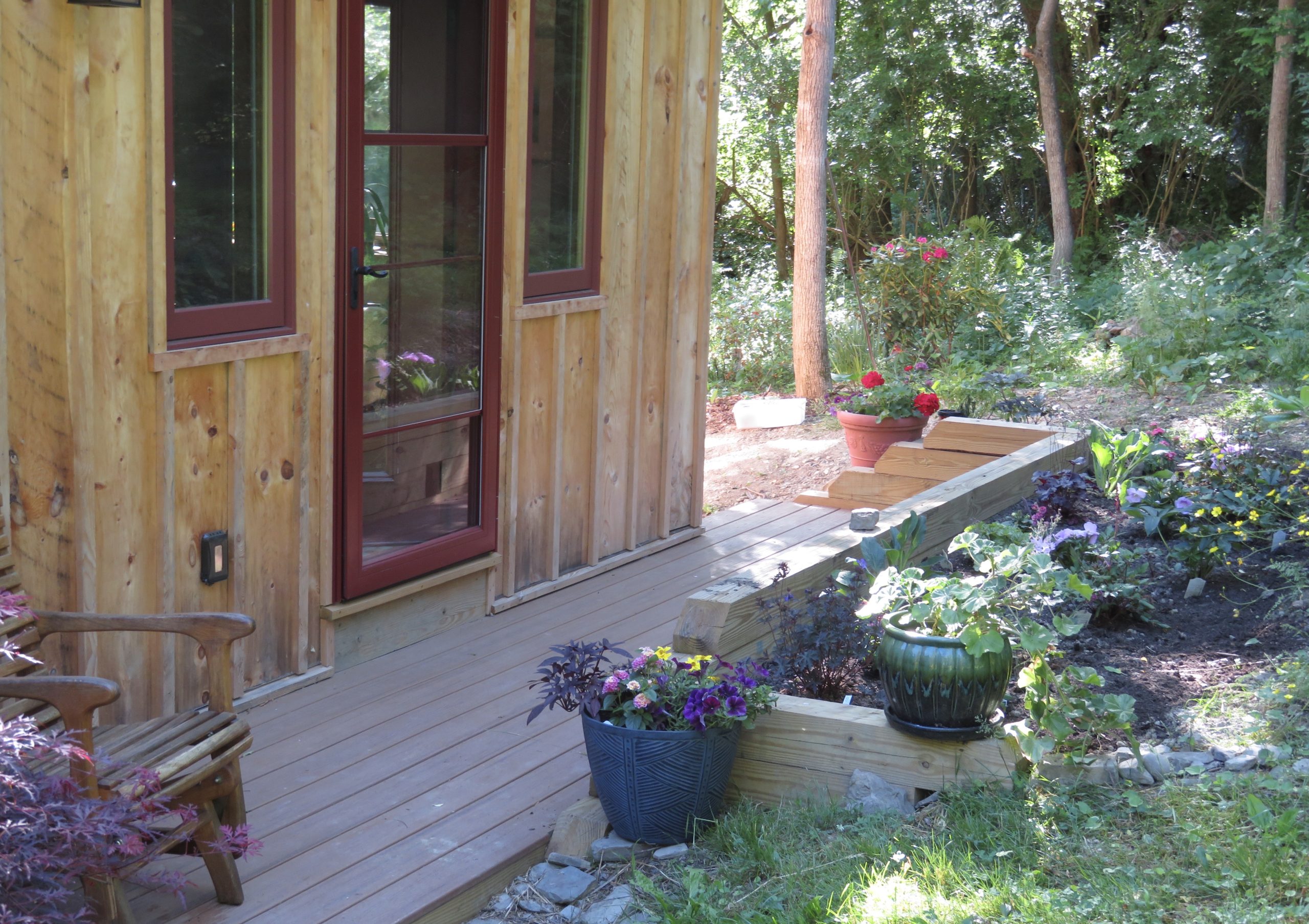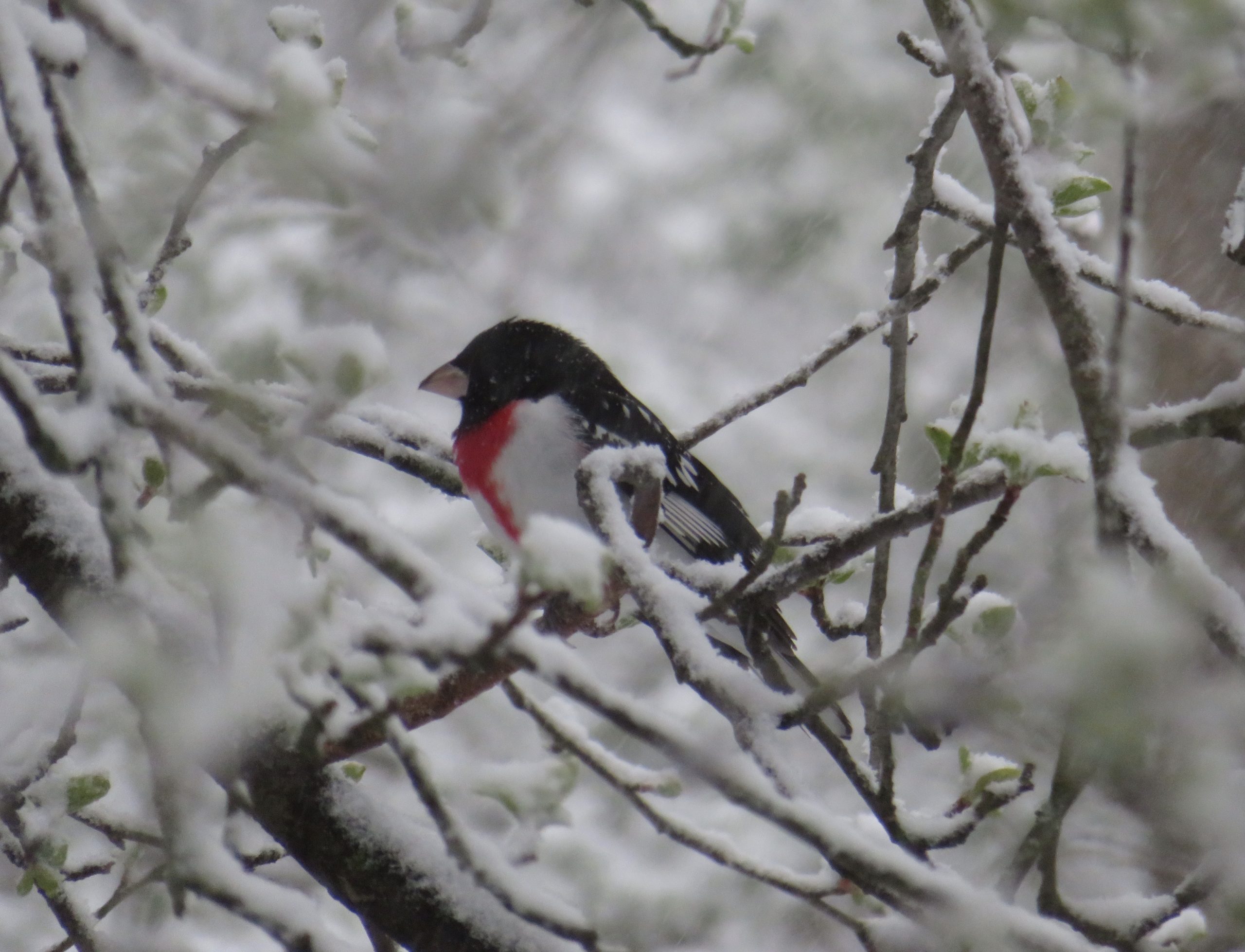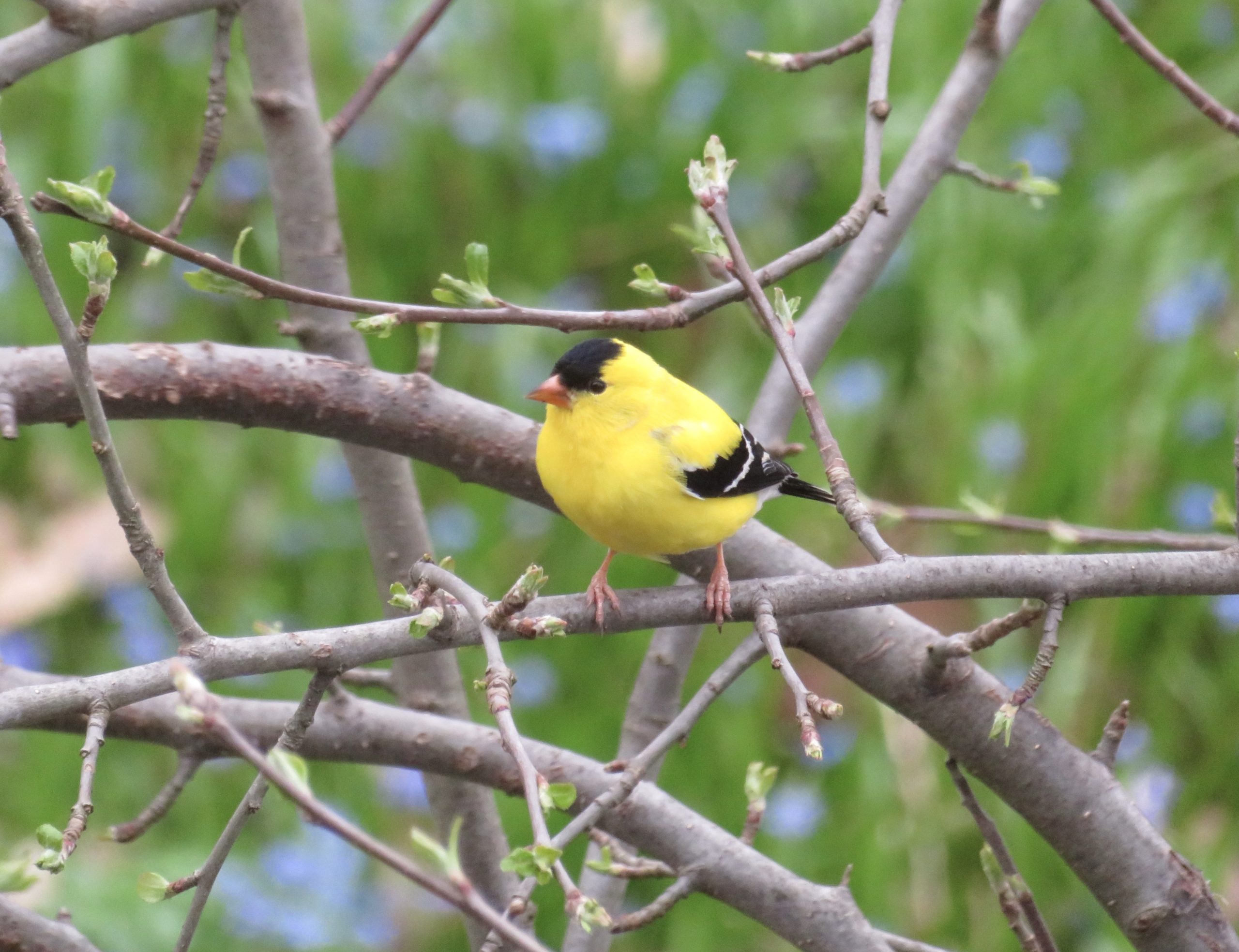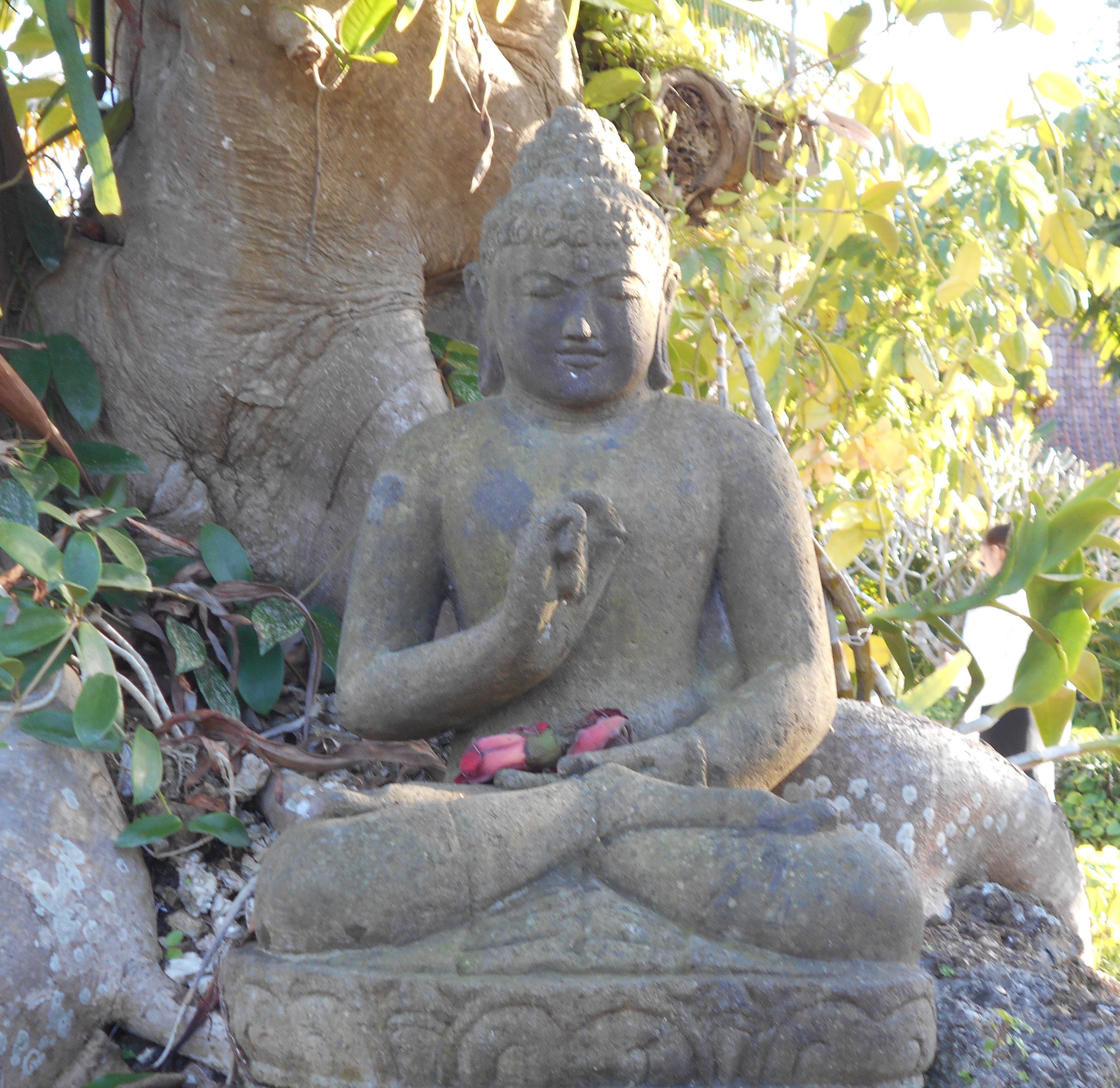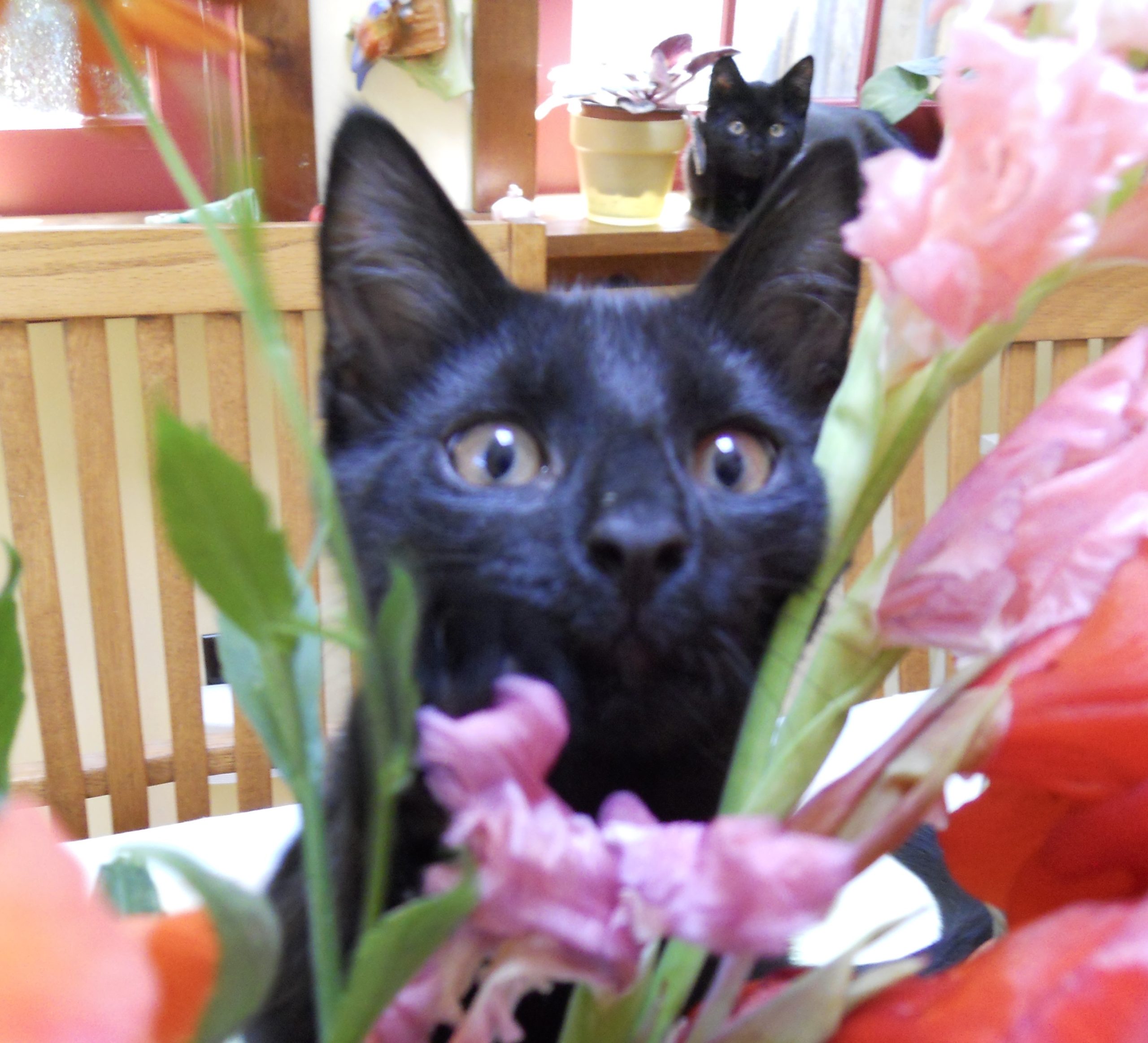What a week, wasn’t it? I can hardly believe it’s over. It was one that will long be remembered by each of us, in our minds and hearts, and history books. A time and an administration that hopefully will never be repeated and will soon, hopefully, come to an end. I don’t think any week of my life was consumed by so many moments I felt almost sick from anxiety.
Last night, I had a dream. Thousands of people in long lines were climbing down a steep mountain. I could see myself having to find footholds and lower my weight very carefully. There were people all around me. Some were disparaging, seemingly ready to trip people up. But most were helpful, giving each other tips about where to place a foot or get a good grip. Our attention was absorbed by the climb.
We have hopefully succeeded in climbing down from the height of anxiety and holding off dictatorship. We have hopefully made it to a point where, for a moment, we can breathe. Where one man’s malignant ambition, supported by thousands of followers, no longer presses its foot against our necks. Where we can and will celebrate. And then go back to work.
But almost immediately, before a winner of the presidential vote was clear, some were already laying blame, casting doubts, dividing us even further. I understand the followers of the wannabee dictator making false claims. They have been immersed in DT’s universe and will not, for a while, give up on their fantasy of a white nation, or their fears that Democrats are the red (or black or brown) horde coming to steal their freedom.
What is more disturbing are a few Democrats claiming the election was so close because the Democratic Party went too far. They, we, were too extreme.
Congresswoman Abigail Spanberger (D, VA) was one of the loudest voices. She was angered by the fact that she barely won re-election and Democrats lost seats in the House. CNN labeled her message as speaking a “hard truth to her party.” She blamed two main “extreme” Democratic messages for the losses and cited the stated concerns of people in her district as the source. The first was “defunding the police.” The second was the talk about ‘socialism.’ But was she speaking a “harsh truth” or something else?
Alexandria Octavio-Cortez responded to her fellow member of the House in a tweet, “You can’t tell the Black, Brown, and youth organizers riding in to save us every election to be quiet or not have their Reps champion them when they need us… Or wonder why they don’t show up for midterms when they’re scolded for existing.”
Spanberger and others do express a truth, but it’s not the one they think they’re making. They’re expressing a truth about the success of the GOP messaging with certain audiences. Spanberger, and the voters in her district that she references, are just repeating back to us GOP propaganda, maybe Russian disinformation. They took ‘Democratic’ out of Bernie’s ‘Democratic-Socialism’ and demonized ‘socialism’ so the message would be obliterated. They turned “Defund the Police” into “destroy our defenders and let the hordes of chaos loose.” Or letting thousands of brown and black people speak to the truth of their lives?
But since the word ‘socialism’ is so distorted by the GOP branding, why not speak of a democratic economy? Wouldn’t a government of, by, and for the people care about the health of all its citizens? It would be interesting to hear GOP speak in opposition to a ‘democratic’ economy. And “defunding the police” is what? Re-thinking policing and how we treat each other? It certainly includes stopping the killing of black and brown people.
Democrats, or people who want to turn this nation into a true democracy with more equity in the economy as well as the political structure, need to work on including in our thinking and speaking not only those who agree with us but those who might agree with us if they listened. Not the committed White Supremacists, but others. A democracy requires a very diverse group of people to work together. That means everyone speaking their needs and viewpoints, but no one demanding their view or nothing.
On Friday, I listened to a Zoom panel discussion on “Where do we go from here?” with Naomi Klein, Keeanga-Yamahtta Taylor and Astra Taylor. They clearly agreed with and expanded on AOC’s response. Although I have a slightly better view of President-Elect Joe Biden then Klein, Taylor and Taylor, I totally agree with their analysis of how he gives us a clear opportunity to move forward.
We are in a very fragile situation, said Keeanga-Yamahtta Taylor. We don’t have time to change everything. We need to first increase our cohesion and collaboration. The Democratic response to the GOP cries about socialism, the economy and the lockdown due to the pandemic was weak. Naomi Klein spoke to the intersecting emergencies we face (agreeing with Biden on their centrality) ⎼ COVID, racial injustice, climate, and the economy.
And all three panelists made clear the way to move forward is to show people that Democrats, and the government, can deliver, can create laws and institutions that meet their needs. We need to bridge urban and rural. We need things like the Civilian Conservation Corps to both get jobs and help the environment. We need to revitalize the care economy. People need their housing, food and health care to be covered. We do that, and we show the nation what our words mean by letting all of us live their truth.
Without this living example, then after two years of Biden we might see an increase not of democracy but of DTism, hatred, and division. We need to use this opportunity of a Biden presidency to pull together as the community of care, of 75 million people or more, so we can show ourselves as well as the rest of this nation what is possible.
*This post was syndicated by The Good Men Project.

